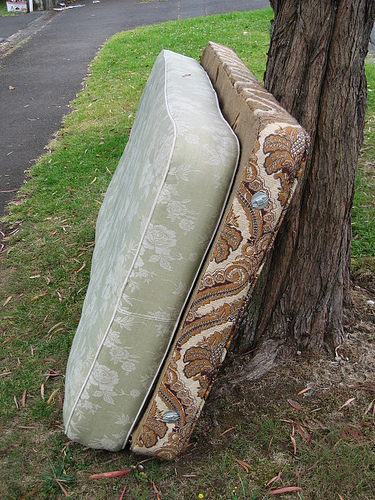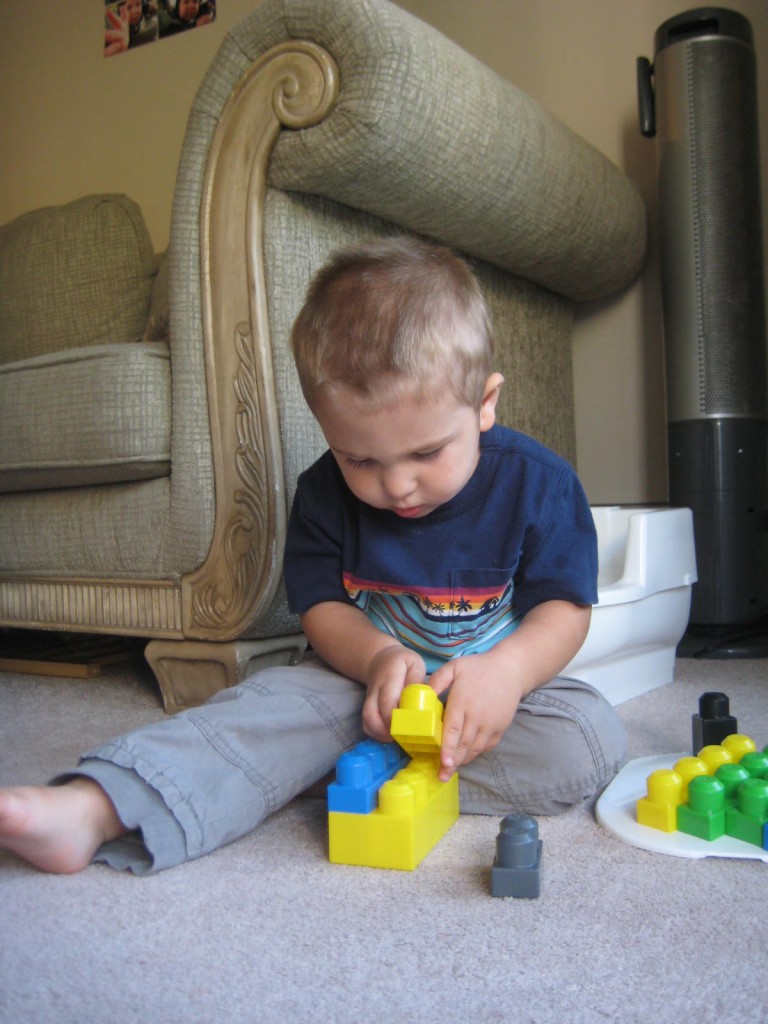I’ve been going over the video from my previous post in my head with respect to a particular problem I have been facing since I moved on campus this summer.
The Problem
Residents of Acadia Park (student family housing, where I live with my wife and our son) are constantly taking their garbage and leaving it outside in common (usually green) spaces. People leave everything from large pieces of furniture (including mattresses, refrigerators, and sofas) to smaller items like old pots, cans of paint, and electronic equipment. A popular dumping ground for the residents who live in my “cluster” is a space under 3 tall pine trees. This is a central area, and is in plain view of every home in the cluster. Every few days or so, the UBC Plant Operations people come by and haul out the old junk, and the cycle continues.
Aside from it being terribly depressing to have your neighbourhood also function as a garbage dump part time, this practice is extremely unsafe for the young children who live here. Old mattresses propped up against trees and tall shelves sitting on uneven ground are two examples of hazards which appear quite frequently. Further, the garbage attracts pests and can serve to worsen the bed bug problem at UBC, should anyone take furniture that was left outside.
WWTD? (What Would Trump Do?)
Trump might pay someone to remove the furniture and dispose of it entirely. This is not practical for student families as most do not have the resources to call a junk removal company to remove their things. Especially since UBC Plant Operations is willing to remove the junk for free every few days.
Perhaps if we organized a specific day each month where residents of Acadia Park could bring their old furniture and things to a specific location to be picked up by Plant Operations that very same day, we could reduce the amount of casual dumping which occurs. UBC may also save money by reducing the amount of time spent by employees driving around Acadia Park picking up trash. Acadia Park would be a cleaner, safer place to live.
Why not?
By no means a rhetorical question.

